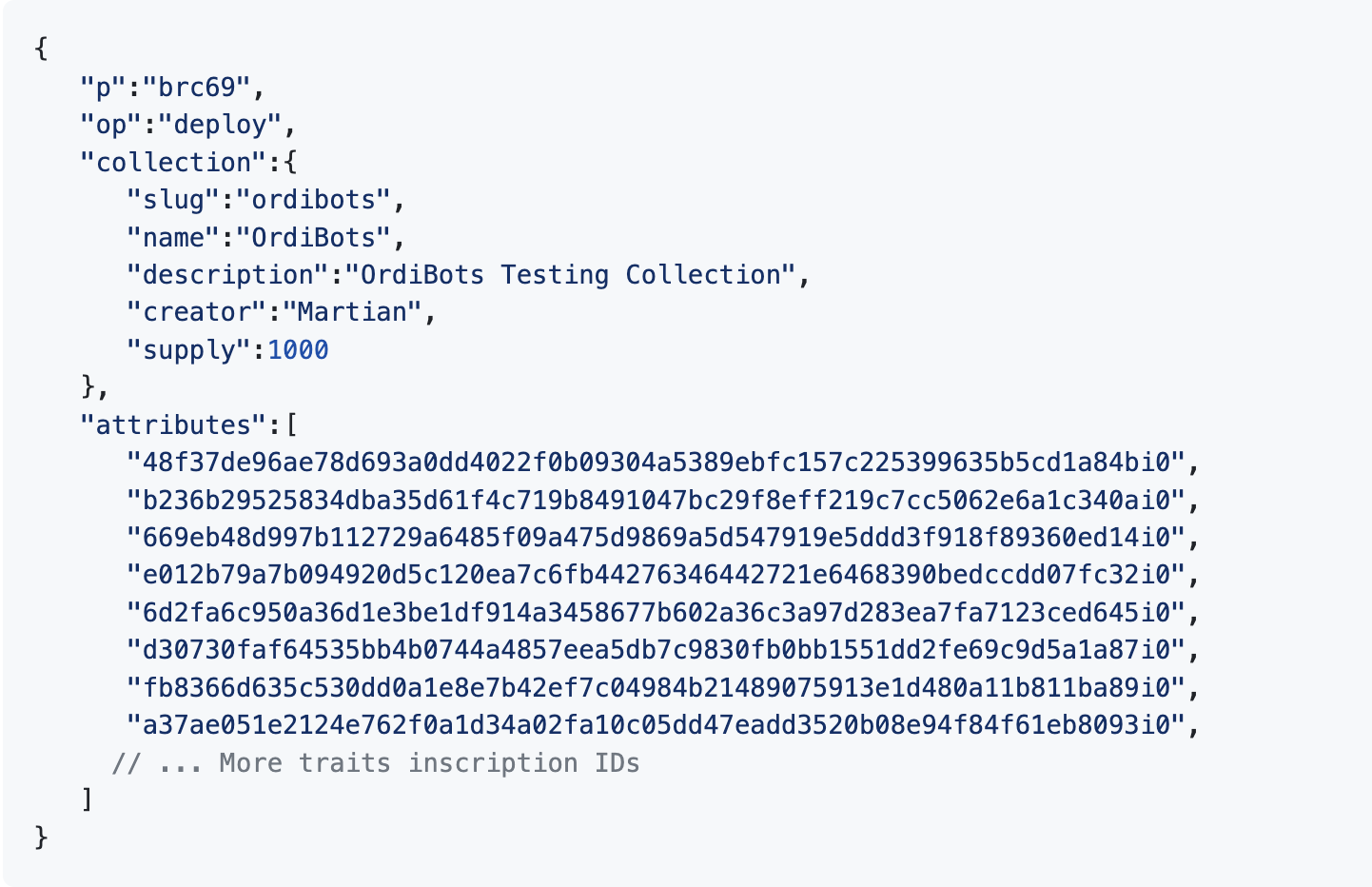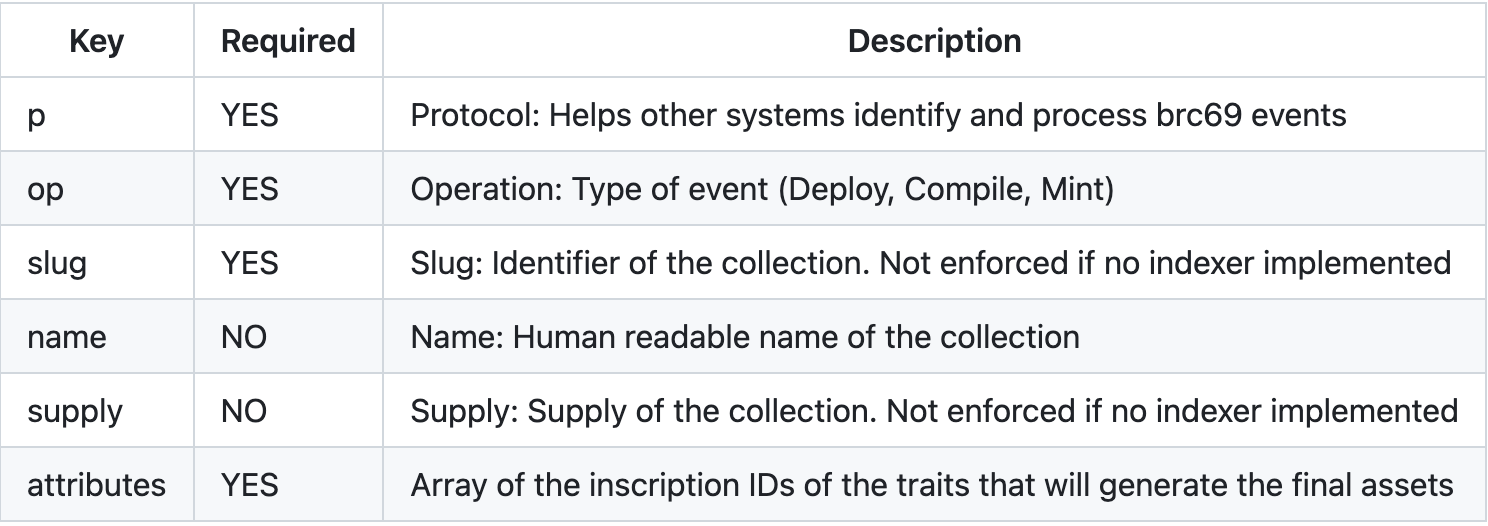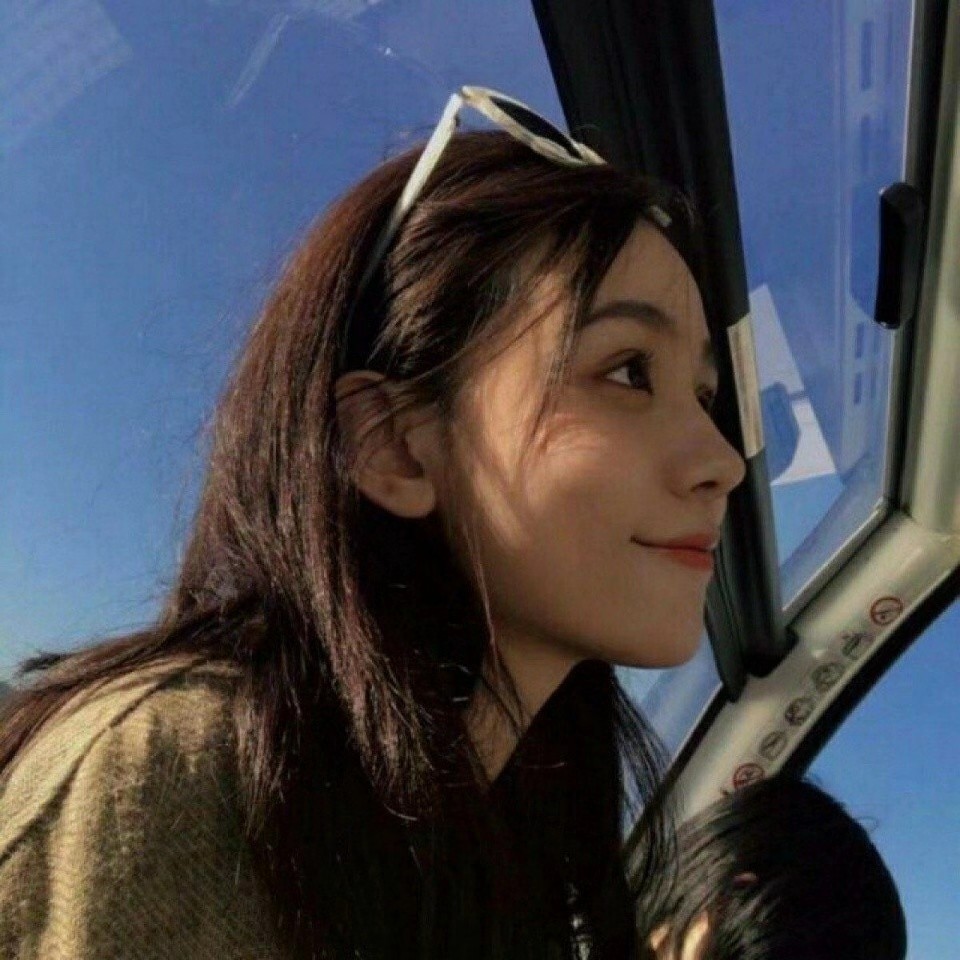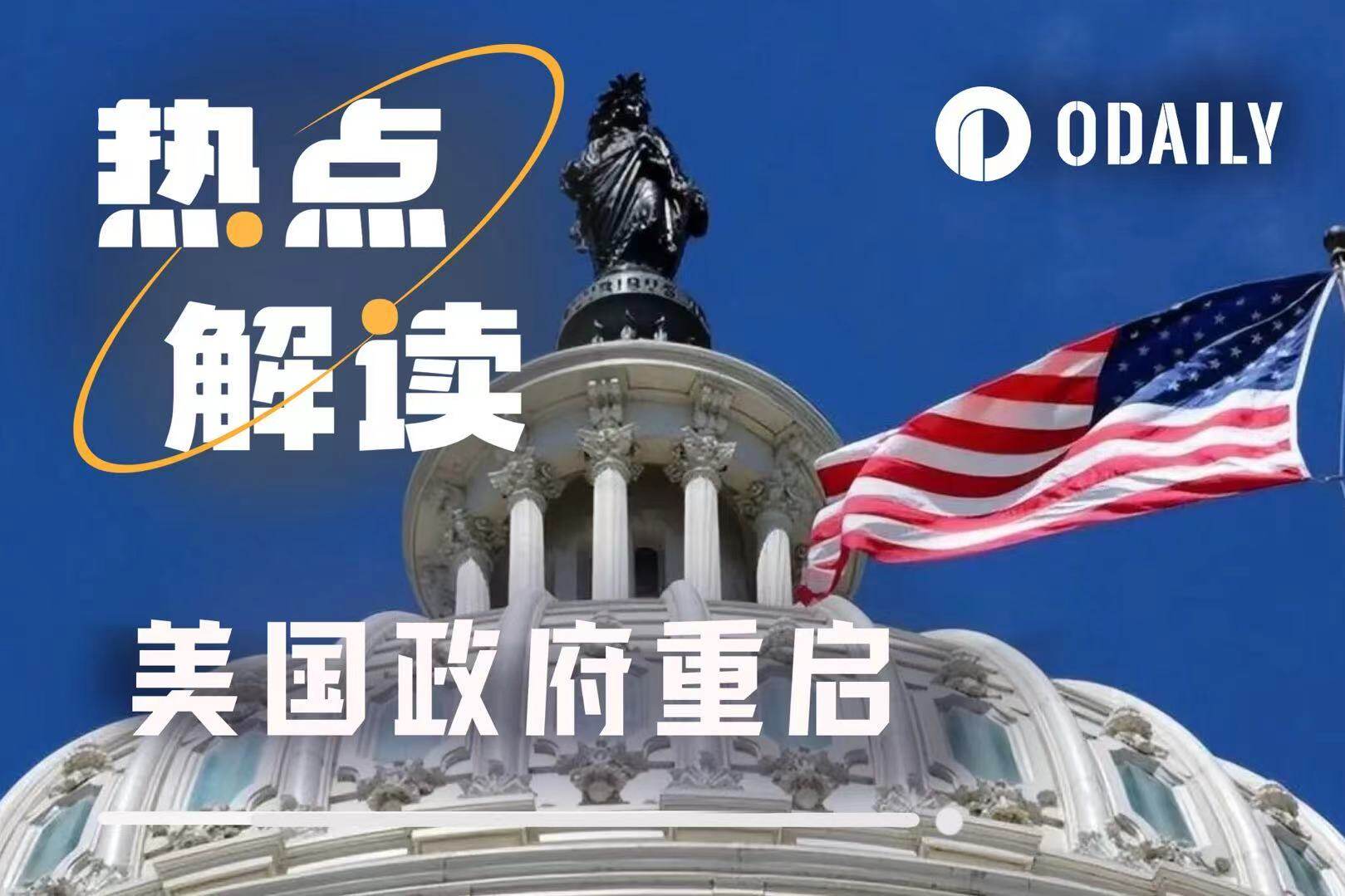A Detailed Explanation of BRC69: How to Reduce Inscription Costs by More Than 90%?

Ordinances protocol came into prominence earlier this year, making it possible to create tokens and NFTs on Bitcoin, and leading to a surge in transactions and fees on the Bitcoin network.
With the growing adoption of the Ordinances protocol, more and more users are inscribing data into non-fungible Ordinances collections on Bitcoin. This increased usage has led to an increased demand for Bitcoin block space, resulting in higher Bitcoin network fees. In order to continue encouraging creators to publish innovative ideas on the Bitcoin blockchain, following the 12 "new generation protocols," BTC ecosystem Launchpad Luminex has released the BRC 69 standard on GitHub, which utilizes recursive inscriptions to optimize the cost of inscription. Odaily will analyze the principles, characteristics, and minting and deployment operations around this standard, aiming to help readers gain a comprehensive understanding of this new protocol.
Reducing inscription costs by more than 90% in four steps
On July 3rd, BTC ecosystem Launchpad Luminex announced the launch of the BRC 69 standard, which can reduce the inscription cost of Ordinals collectibles by over 90%. The specific reduction depends on the initial size of the collection and network fees. This process includes four steps:
Inscribe the characteristic image on the chain;
Inscribe the BRC 69 collection deployment JSON on the chain;
Inscribe the BRC 69 collection compiler JavaScript on the chain;
Inscribe the BRC 69 asset with casting operations on the chain as long as the creator of the collection publishes the official inscription manifest of the collection (currently required). All of these processes can be done without the need for external indexers. In addition, all frontend interfaces that have implemented recursive inscription will automatically render images without any additional steps.
This standard paves the way for more interesting on-chain features, such as pre-publication of collections and on-chain reveals. By automatically rendering images on the Ordinals browser without any additional actions, this goal is achieved.
How to deploy BRC-69
Once the image containing the collection feature is inscribed on the chain, we can inscribe the collection deployment JSON in the deployment operation.
The deployment operation is a JSON/text inscription that contains general information about the collection and an ID array of inscribed features. The deployment inscription serves as a reference and authoritative source for the features.
Here is an example of the collection deployment JSON:


How to compile BRC 69
The compilation process stores the rendering logic of the final asset in a JavaScript script. The compilation script is a recursive script that points to the deployment script to obtain the script ID of the feature and ultimately renders the asset. The logic of the compilation script can be customized as needed to meet the requirements of a more specific rendering functionality set.
How to cast BRC 69
The casting process uses an HTML type script that stores the feature index used to generate the final asset and points to the compilation script in a single line. This allows any frontend with recursive script functionality to automatically render images using on-chain script data.
Here's an example of a casting operation:

Implementing the BRC 69 standard will improve the efficiency of Bitcoin block space utilization. As the unique feature images are only engraved once in the deployment transaction, the asset consists of an HTML file with a single line referencing these features, totaling about 150 bytes. Any frontend with recursive script implementation can use the deployed script on-chain to render the image without any additional steps.



